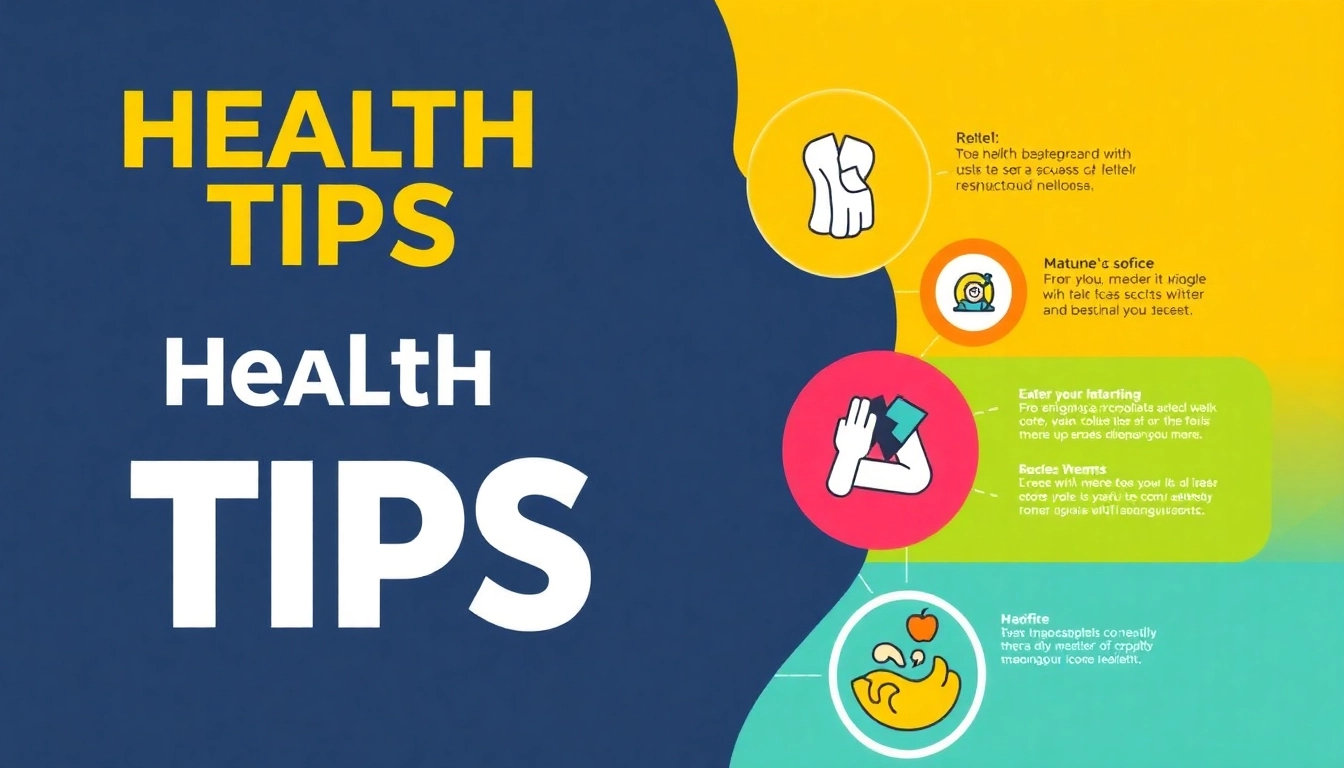Understanding Health Informatics
Health informatics represents a transformative approach in the healthcare sector, combining technology, data management, and medical knowledge to enhance patient care and improve health outcomes. This interdisciplinary field is valuable for healthcare providers, researchers, and organizations seeking to leverage data effectively. For those eager to delve deeper into how informatics can reshape healthcare delivery, www.informaticsview.com serves as an insightful resource.
Definition and Scope of Informatics
Informatics, in a broad sense, is the science of processing data for storage and retrieval. It involves the systematic study of design, development, application, and impact of information technologies in various sectors, particularly healthcare. Health informatics, specifically, is the intersection of information science, computer science, and healthcare, aimed at improving patient care through effective use of information technology.
Importance in Modern Healthcare
The importance of health informatics cannot be overstated in today’s data-driven world. Here are several key reasons:
- Improved Patient Outcomes: By utilizing informatics, healthcare organizations can analyze large volumes of health data to enhance patient care, reduce errors, and provide personalized treatment plans.
- Efficiency and Cost Reduction: Health informatics helps streamline processes, reduces unnecessary duplication of tests, and optimizes resource allocation, which leads to substantial cost savings.
- Informed Decision-Making: With robust data management and analytics, healthcare professionals can make informed decisions based on comprehensive patient information and trends.
Key Components of Health Informatics
The key components that define health informatics include:
- Electronic Health Records (EHR): Digital versions of patients’ paper charts that provide real-time access to patient data, enabling better coordination of care.
- Clinical Decision Support Systems (CDSS): Tools that analyze data to help healthcare providers make clinical decisions.
- Health Information Exchange (HIE): Facilitates the sharing of healthcare information across different organizations.
- Telemedicine: Allows remote diagnosis and monitoring of patients, enhancing access to care.
Applications of Informatics in Healthcare
Electronic Health Records (EHR)
EHR systems are integral to health informatics, providing a digital repository of patient information that includes medical history, medications, test results, and treatment plans. By digitizing health records, EHRs enhance clinical workflows and facilitate communication among healthcare providers.
Benefits of EHR implementation include:
- Accessibility: Authorized users can access patient records anytime and anywhere, improving care continuity.
- Data Accuracy: Reduces errors associated with hand-written notes and ensures that healthcare professionals have up-to-date information.
- Regulatory Compliance: EHRs can support organizations in meeting regulatory requirements related to health records.
Clinical Decision Support Systems (CDSS)
CDSS are sophisticated systems that utilize patient data along with clinical knowledge to guide healthcare decisions. These systems include tools that alert providers about potential issues, such as dangerous drug interactions or abnormal lab results.
Examples of CDSS applications include:
- Prescriptive Analytics: Suggests treatment recommendations based on evidence-based guidelines.
- Predictive Analytics: Identifies potential risks and outcomes based on patient data trends.
Telemedicine and Remote Patient Care
Telemedicine, which emerged prominently during the COVID-19 pandemic, utilizes technology to provide healthcare remotely. This approach has proven to be particularly effective for non-emergency consultations, follow-ups, and chronic disease management.
Advantages of telemedicine include:
- Access: Patients in remote or underserved areas can receive medical advice without the need for travel.
- Convenience: Video consultations save time for both patients and providers.
- Cost-Effectiveness: Reduces overhead costs associated with in-person visits, benefiting both patients and healthcare providers.
Challenges in Health Informatics
Data Privacy and Security
With the rise of data use in healthcare, concerns over data privacy and security have intensified. Protecting sensitive patient information is paramount, and healthcare organizations must navigate complex regulations, such as HIPAA in the United States.
To address these challenges, organizations should:
- Implement robust cybersecurity measures, including encryption and multi-factor authentication.
- Conduct regular audits and risk assessments to identify vulnerable areas.
- Train staff on data privacy policies and best practices for data handling.
Integration of Technology
The integration of various technologies in health informatics systems remains a significant challenge. Different systems may not communicate seamlessly, leading to fragmented patient data and inefficiencies.
Strategies to improve integration include:
- Adopting interoperable systems that allow different software applications to work together.
- Establishing strong data standards to facilitate uniform data exchange protocols.
- Engaging in partnerships with vendors to ensure compatibility across platforms.
User Adoption and Training
While technology can vastly improve health outcomes, user adoption can often be sluggish. Healthcare professionals may resist changes due to a lack of familiarity or perceived complexity of new systems.
Best practices for fostering user adoption include:
- Providing comprehensive training programs tailored to users’ needs and proficiency levels.
- Encouraging feedback from users to identify challenges and improve systems.
- Demonstrating the tangible benefits of tech solutions to encourage buy-in.
Future Trends in Informatics
Artificial Intelligence in Healthcare
Artificial intelligence (AI) is set to revolutionize health informatics by facilitating data analysis, predictive modeling, and even patient diagnosis. Through machine learning, AI systems can recognize patterns in vast datasets, offering insights that can lead to improved patient care.
Potential applications for AI in health informatics include:
- Predictive Analytics: Using historical data to anticipate patient health issues proactively.
- Personalized Medicine: Tailoring treatment plans to individual patient profiles based on data analysis.
Interoperability Enhancements
Interoperability among health informatics systems is increasingly critical as the volume of shared health data grows. Enhanced interoperability ensures that health information can be exchanged across different systems and organizations, allowing for a holistic view of patient care.
Future enhancements may focus on:
- Developing standardized protocols that facilitate seamless data exchange.
- Implementing blockchain technology to ensure secure and transparent transactions within health networks.
Patient-Centered Technologies
The shift towards patient-centered care is a defining trend in healthcare, with informatics playing a crucial role. Technologies that empower patients to access and manage their health information are on the rise.
Examples of patient-centered technologies include:
- Patient Portals: Allowing patients to view their health records and communicate with healthcare providers.
- Wearable Devices: Providing real-time health data and insights, fostering proactive health management.
Implementing Best Practices
Establishing Effective Policies
Effective policies are foundational to successful health informatics implementation. Organizations must develop clear guidelines that govern data management, user access, and compliance with regulations.
Key elements of effective policies include:
- Clearly defined roles and responsibilities for data handling.
- Regular review and updates of policies to reflect technological advancements and regulatory changes.
Continuous Training for Healthcare Professionals
As technologies evolve, so must the skill sets of healthcare professionals. Ongoing training is essential to ensure users are proficient with the tools and systems at their disposal.
Strategies for continuous training include:
- Creating modular training programs that allow for self-paced learning.
- Offering regular workshops and update sessions on new technologies and functionalities.
Monitoring and Improvement Metrics
Monitoring the effectiveness of health informatics systems is critical for ongoing improvement. Organizations should establish metrics that evaluate performance, user satisfaction, and clinical outcomes.
Common metrics to include are:
- Patient readmission rates as a measure of care effectiveness.
- User satisfaction surveys to gauge ease of use and satisfaction with informatics systems.



